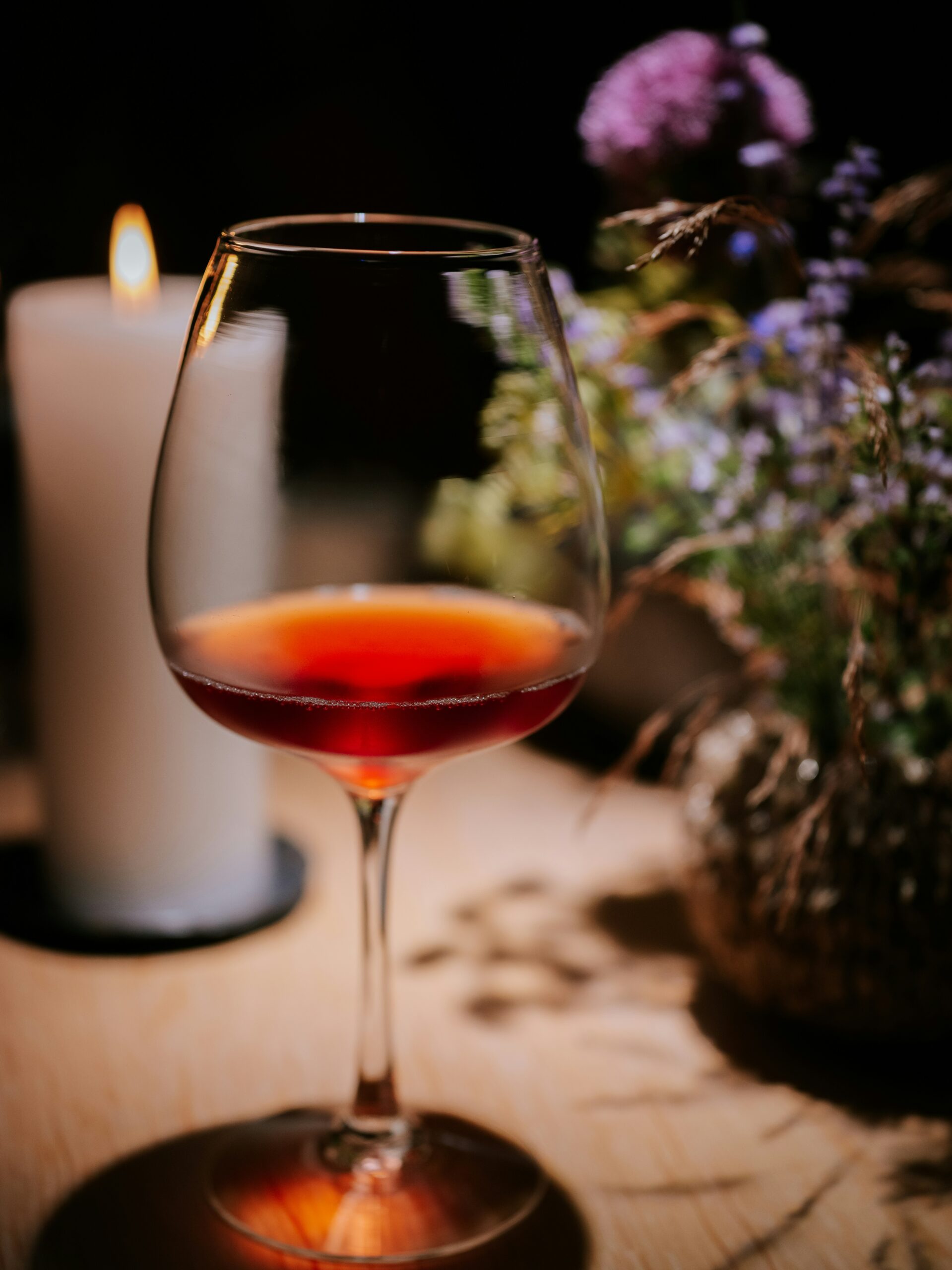Have you ever wondered how to make your own fermented foods?
Making fermented foods at home is not only a fun and rewarding process, but it also offers a multitude of health benefits. From sauerkraut to kimchi, fermented foods are rich in probiotics that support gut health and boost your immune system. If you’re interested in trying your hand at fermenting your own foods, this article will walk you through the process step by step.
The Basics of Fermentation
Fermentation is a process in which microorganisms, such as bacteria and yeast, break down sugars and starches in food to produce alcohol, gases, and other byproducts. This natural process not only preserves food but also enhances its flavor and nutritional value. When making fermented foods, the most common microorganism involved is Lactobacillus, which produces lactic acid.
Benefits of Eating Fermented Foods
Before we dive into the nitty-gritty of making fermented foods, let’s talk about why you should consider incorporating them into your diet. Fermented foods are packed with beneficial bacteria that support a healthy gut microbiome. A healthy gut is linked to improved digestion, better immune function, and even mental health. Additionally, fermented foods are more nutritious than their non-fermented counterparts, as the fermentation process enhances the bioavailability of certain nutrients.

Getting Started: Equipment and Ingredients
Before you embark on your fermentation journey, it’s essential to gather the necessary equipment and ingredients. Here’s a list of what you’ll need to get started:
Equipment:
- Glass jars or ceramic crocks: Make sure they are clean and have tight-fitting lids to prevent contamination.
- Weights: To keep the vegetables submerged in the brine.
- A cabbage crusher or tamper: To help pack down the vegetables tightly.
- A tea towel or cheesecloth: To cover the jars during fermentation.
- Labels and markers: To keep track of the fermentation dates.
Ingredients:
- Vegetables: Cabbage, cucumbers, carrots, and beets are popular choices for fermenting.
- Sea salt: Use unrefined sea salt without additives for best results.
- Water: Filtered water is preferred to avoid chlorine and other chemicals.
- Spices and herbs: Optional, but you can add flavor with garlic, ginger, dill, and more.
- Starter culture (optional): You can use whey, kefir grains, or a store-bought starter culture to kickstart the fermentation process.
Gather your equipment and ingredients, and you’re ready to start fermenting!
Making Sauerkraut: A Step-by-Step Guide
Sauerkraut is one of the simplest and most popular fermented foods to make at home. Follow these steps to create your own tangy and probiotic-rich sauerkraut:
Step 1: Prepare the Ingredients
- Wash and shred the cabbage, removing the core.
- Weigh the shredded cabbage and calculate the amount of salt needed (usually 1-2% of the weight of the cabbage).
- Massage the cabbage with salt until it starts to release liquid.
Step 2: Pack the Cabbage
- Pack the cabbage tightly into a glass jar, pressing it down to release more liquid.
- Ensure the cabbage is submerged in its juices; if not, add a little brine (1 tsp salt dissolved in 1 cup water).
Step 3: Fermentation
- Cover the jar with a tea towel or cheesecloth and secure it with a rubber band.
- Let the sauerkraut ferment at room temperature for 1-4 weeks, depending on your desired level of sourness.
Step 4: Enjoy!
- Once the sauerkraut reaches your preferred taste, transfer it to the refrigerator to slow down the fermentation process.
- Enjoy your homemade sauerkraut as a side dish, salad topping, or sandwich filling.

Diving into Kimchi: A Spicy Fermented Delight
Kimchi is a staple in Korean cuisine and a flavorful way to introduce fermented foods into your diet. Here’s how you can make your own batch of spicy and tangy kimchi at home:
Step 1: Gather Your Ingredients
- Napa cabbage, daikon radish, carrots, and scallions are traditional vegetables used in kimchi.
- Kimchi paste ingredients include gochugaru (Korean chili flakes), garlic, ginger, fish sauce, and sugar.
Step 2: Prepare the Vegetables
- Quarter the cabbage lengthwise and cut it into bite-sized pieces.
- Salt the cabbage and let it sit for a few hours to draw out excess liquid.
Step 3: Mix the Kimchi Paste
- Blend the garlic, ginger, gochugaru, fish sauce, and sugar to create a thick paste.
- Add water to achieve the desired consistency.
Step 4: Combine and Ferment
- Rinse the cabbage to remove excess salt and drain well.
- Mix the vegetables and kimchi paste, ensuring everything is coated evenly.
- Pack the kimchi into a glass jar, leaving room for expansion.
- Ferment at room temperature for 1-5 days, depending on your taste preferences.
Step 5: Store and Enjoy
- Once the kimchi has reached your desired level of fermentation, store it in the refrigerator to halt the process.
- Kimchi can be enjoyed on its own, added to rice dishes, or used as a flavorful garnish.
Exploring Fermented Beverages: Kombucha and Water Kefir
Fermentation isn’t limited to vegetables; you can also ferment beverages like kombucha and water kefir at home. Here’s how you can make these delicious and probiotic-rich drinks:
Kombucha
Kombucha is a tangy and effervescent tea beverage made through the fermentation of sweetened tea with a symbiotic culture of bacteria and yeast (SCOBY). Follow these steps to brew your own kombucha:
- Brew a mixture of black or green tea with sugar and let it cool to room temperature.
- Add the SCOBY to the tea and cover the jar with a breathable cloth.
- Let the kombucha ferment at room temperature for 7-10 days, tasting periodically to gauge its readiness.
- Once the kombucha reaches your desired tartness, bottle and refrigerate it. You can also flavor it with fruits, herbs, or spices during a second fermentation.
Water Kefir
Water kefir is a bubbly and slightly sweet fermented drink made by fermenting sugar water with water kefir grains. Here’s how you can make water kefir at home:
- Dissolve sugar in water and add water kefir grains.
- Let the mixture ferment for 24-48 hours, or until it reaches your preferred level of sweetness.
- Strain out the grains and flavor the water kefir with fruit juice, herbs, or spices.
- Bottle the water kefir and let it carbonate at room temperature for 1-3 days before refrigerating.
Experiment with different flavors and enjoy the probiotic benefits of these homemade fermented beverages!

Troubleshooting Common Fermentation Issues
Despite your best efforts, you may encounter some challenges during the fermentation process. Here are some common issues and their solutions:
Mold Growth
- If you notice mold on the surface of your fermented food, discard it immediately. To prevent mold, ensure that all equipment and vegetables are clean and submerged in brine.
Slow Fermentation
- If your ferments are taking longer than expected, try increasing the temperature or adding a bit more salt to speed up the process. Patience is key in fermentation, so give it time to develop its flavors.
Unpleasant Smells
- Some fermentation odors can be off-putting, but trust the process. If the smell is overwhelmingly sour or rotten, it may be a sign of spoilage, and you should discard the batch.
Cloudy Brine
- Cloudy brine is a normal occurrence during fermentation. It results from the natural breakdown of starches and cellulose in the vegetables and poses no harm. Simply skim off any scum that forms on top.
By being attentive to these issues and adjusting your fermentation process accordingly, you can troubleshoot and overcome common fermentation setbacks.
Wrap-Up
Fermenting your own foods at home is a rewarding and healthy way to incorporate probiotics into your diet. Whether you’re making sauerkraut, kimchi, or fermented beverages, each batch is a unique and delicious creation that supports your gut health and overall well-being. So, grab your ingredients, get fermenting, and enjoy the fruits of your labor as you savor the tangy and flavorful world of fermented foods!

